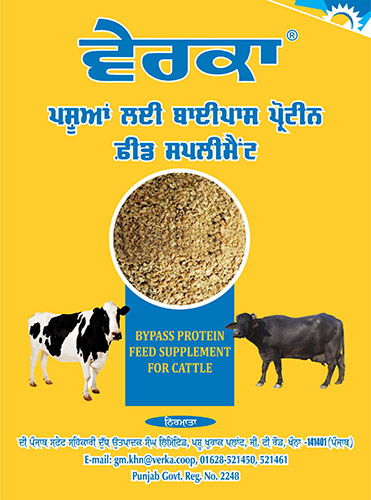What is UHT Milk?

UHT or Long-life Milk
Milk is a good source of nutrients for most humanity. It is a white liquid formed by the mammary glands of mammals and consists of all major nutrients such as carbohydrates, protein, fats, minerals, and vitamins. Fresh milk may contain hazardous microbes such as salmonella, e. Coli, and listeria and is prone to spoilage and degradation. This also makes it a key source of several food-borne diseases. Even if we ensure good hygiene and sanitation in its storage and delivery, fresh milk has a very limited shelf life.
Heat treatment increases the life of milk by destroying microorganism which is present in fresh milk. The most common method is that fresh milk is heated for between 72 °C – 74 °C for 15 – 20 seconds. This is known as HTST (High Temperature Short Time) or flash pasteurization. Then milk is packed in pouches and is safe to use for 6 -8 days if it is kept at 6 °C – 8 °C.
Ultra high temperature (UHT) pasteurization is heating of milk to between 135 °C – 140 °C for 4 seconds. The high heat destroys all forms of bacteria, and the milk is then filled in sterilized tetra packs. These tetra packs with aseptic technology keep the milk safe and flavourful for at least 6 months without refrigeration. But once it is opened then needs to be refrigerated and must be consumed within 6-10 days. UHT milk is considered to be long-life milk.
Both pouch milk (short-life) and UHT milk (long-life) are available in forms like full-fat, reduced-fat, and low-fat, modified and skim. UHT is milk is safe from microbes but the process of ultra-high temperature kills most of its nutritional values. On the other hand, HTST technique used for pouch milk causes minimal damage to the nutritional value of milk. UHT causes structural damage to protein structure known as protein denaturation. This change in protein structure also makes it difficult to curdle UHT milk and use it to prepare cheese. HTST technique does not cause protein denaturation.
UHT milk makes buying and drinking milk less worrisome to some people, but does reduce the nutritional value of milk. If I’m going to drink milk, I want to get as much complete nutrition as I can from a glass of milk.
Courtesy – Chef Manjit Gill.





























